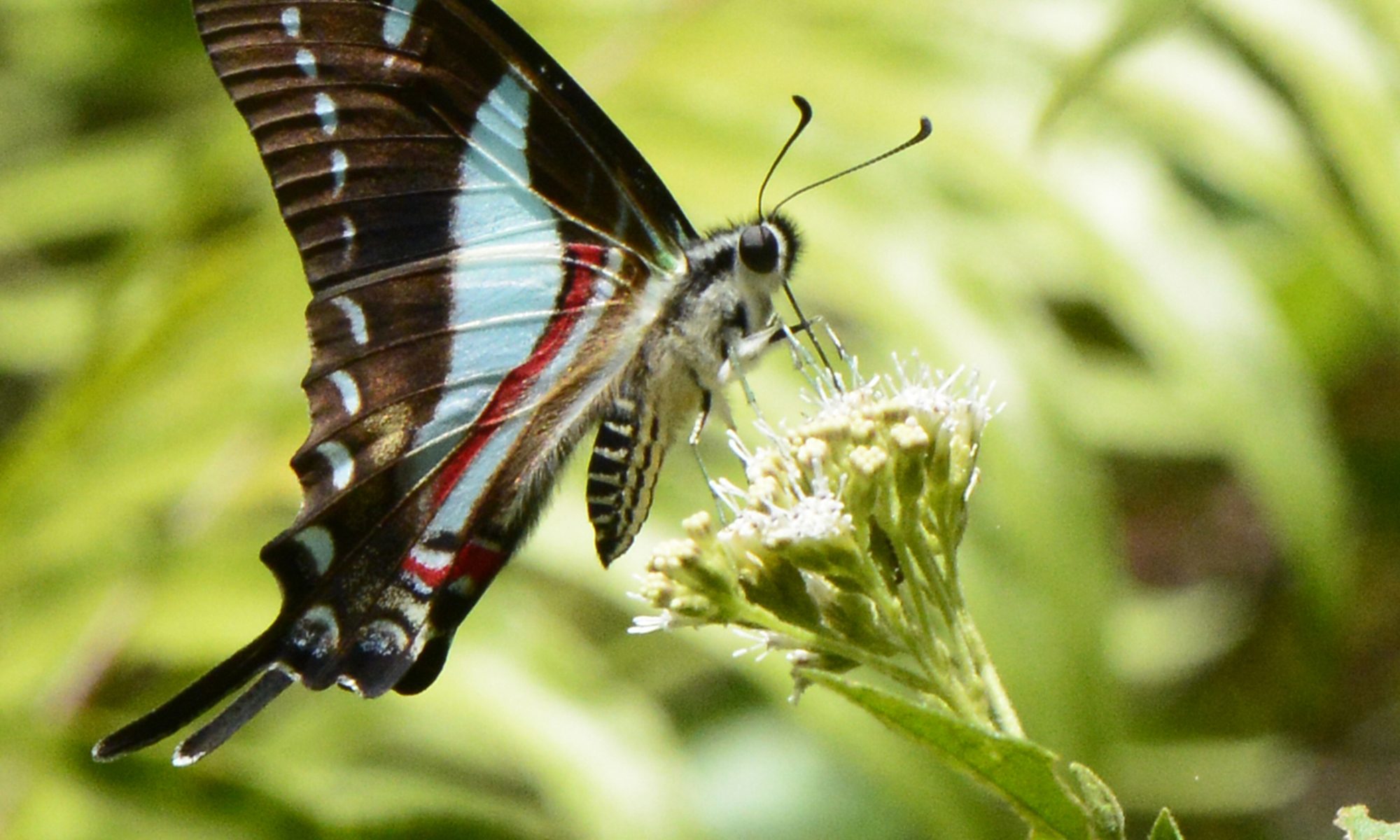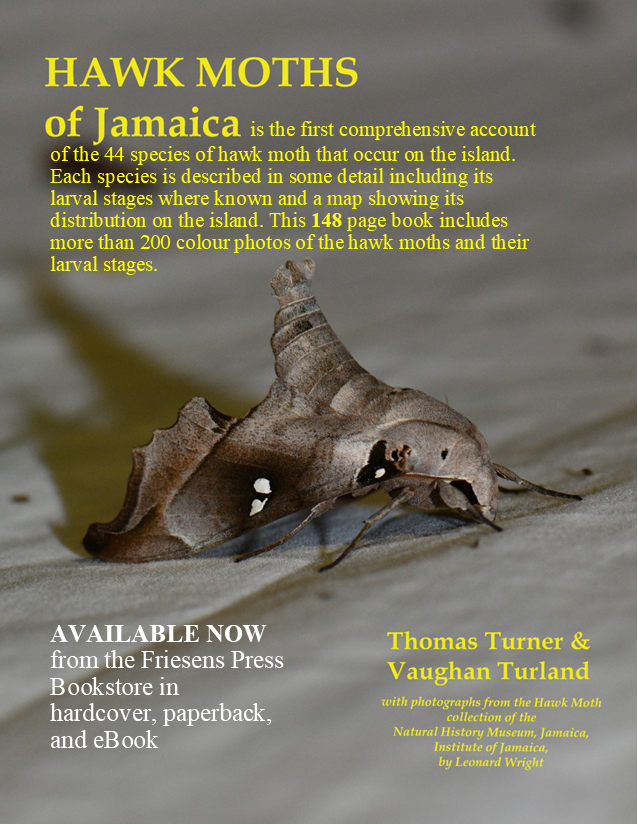A must have NEW book…..
DISCOVERING JAMAICAN BUTTERFLIES AND THEIR RELATIONSHIPS AROUND THE CARIBBEAN
A comprehensive study of Jamaican butterflies, and the need for conservation of those species facing loss of critical habitat
by
Thomas W. Turner and Vaughan A. Turland

Discovering Jamaican Butterflies and their Relationships around the Caribbean by authors Thomas Turner and Vaughan Turland is the first comprehensive book on the subject since 1972. This 512 page publication is richly illustrated with more than 1000 photographs and figures, most in color, and depicts Jamaican butterflies in their natural habitats. All 136 butterflies known from Jamaica including new species and subspecies discovered by the authors on the island are described. Each account examines Relationships with other species around the Caribbean and their Origin. A detailed Description of the Adult is included, together with data on Larval food plants and Immature stages, much documented for the first time. Adult Behavior and Distribution within the island is described for each species and there is a Taxonomic List, a chapter on the terminology used in the descriptions, a glossary, and a chapter with tables summarizing Habitat preferences, also Caribbean and Conservation Status.
This publication will be of special interest to researchers interested in tropical butterflies, to those involved with studying the natural history of the Caribbean, as well as to those interested in wildlife protection and conservation.
Discovering Jamaican Butterflies and their relationships around the Caribbean is now available.



























